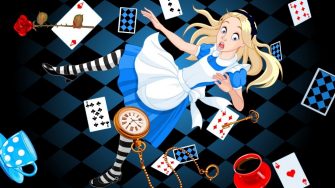Are branded toys really suitable for children?
A new study by UNSW Law and Justice academic Professor Kathy Bowrey, and University of Kent Law School academic Dr. Jose Bellido, examines how innocent childhood play came to embed life lessons about consumerism and the importance of brands.

